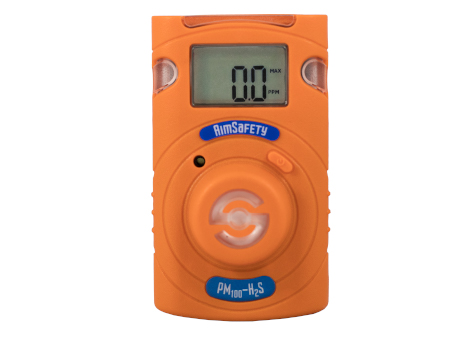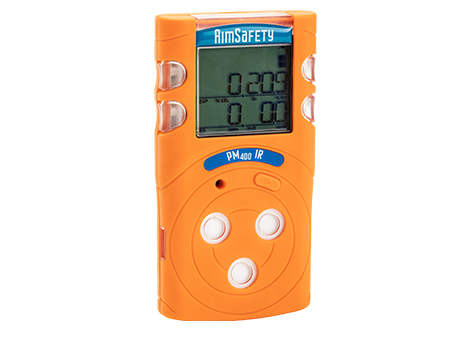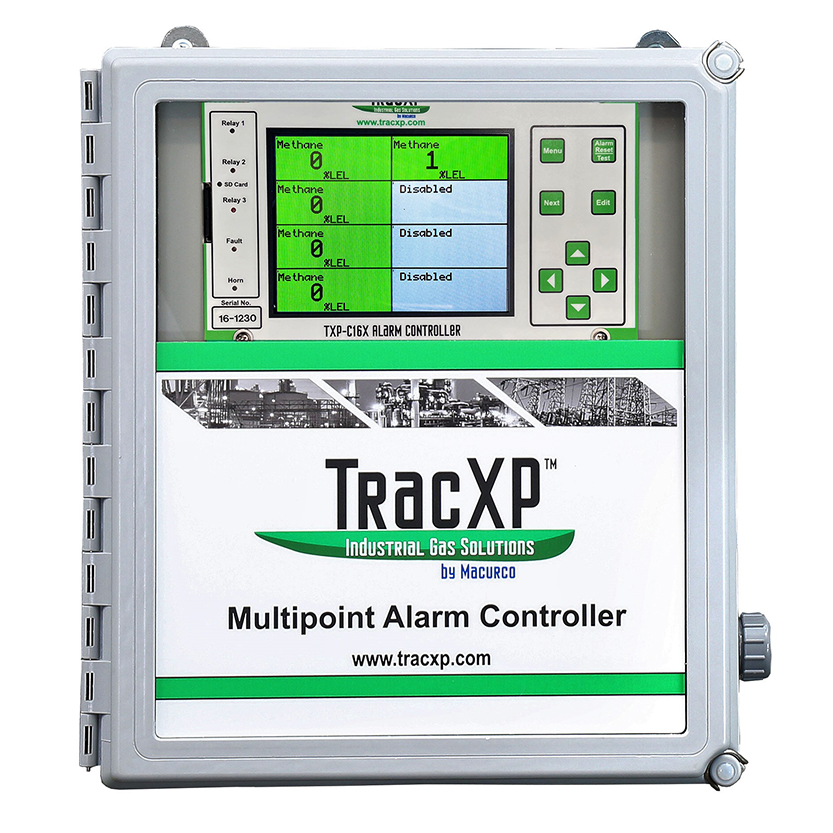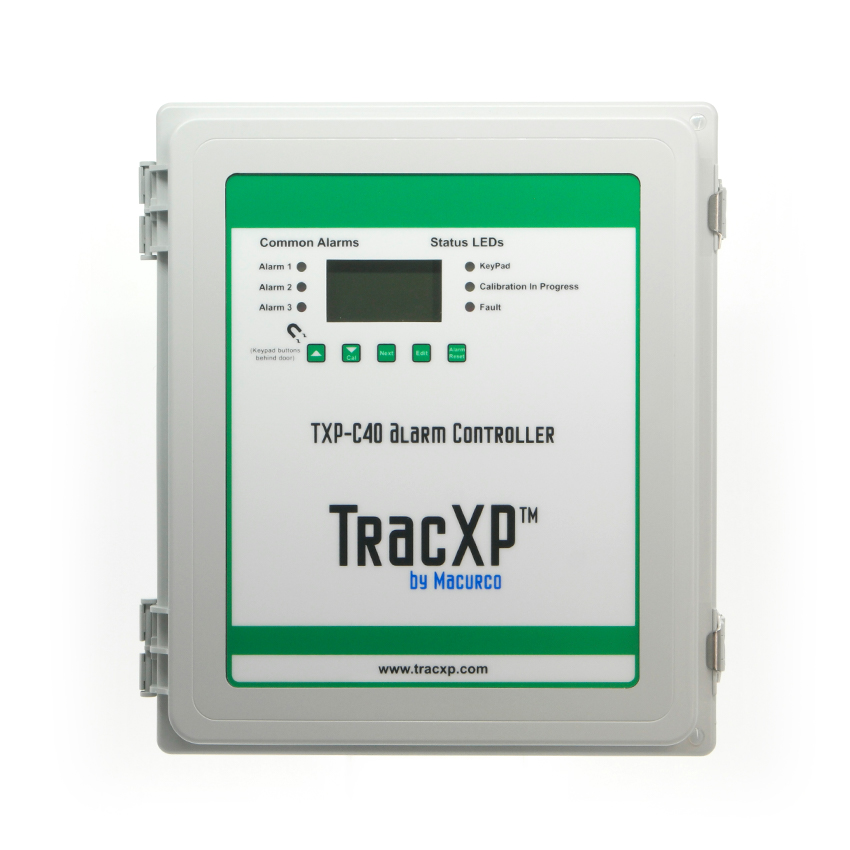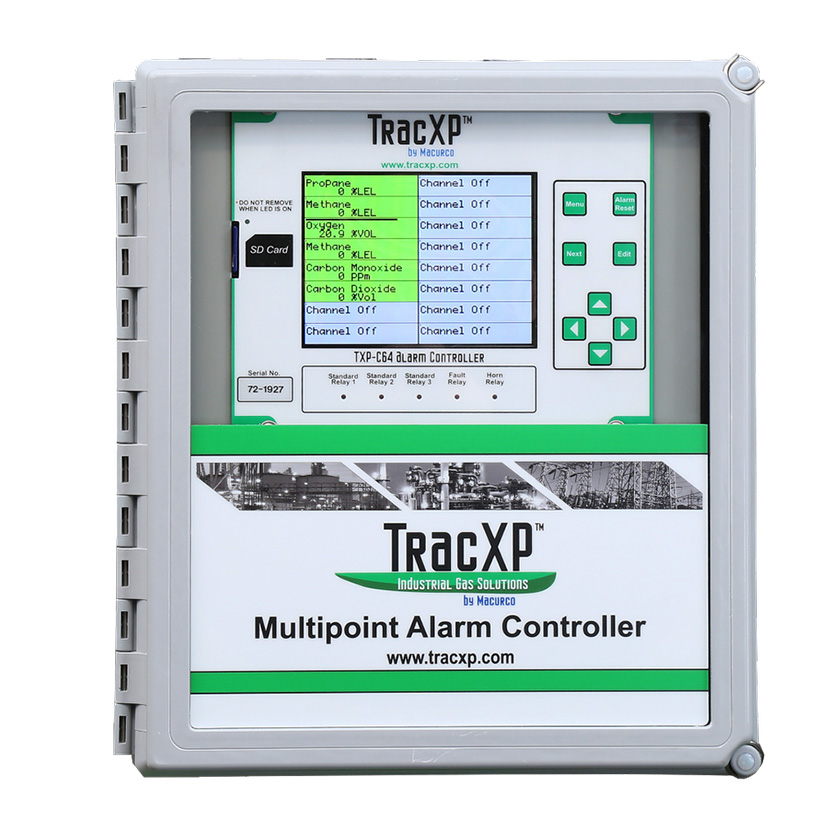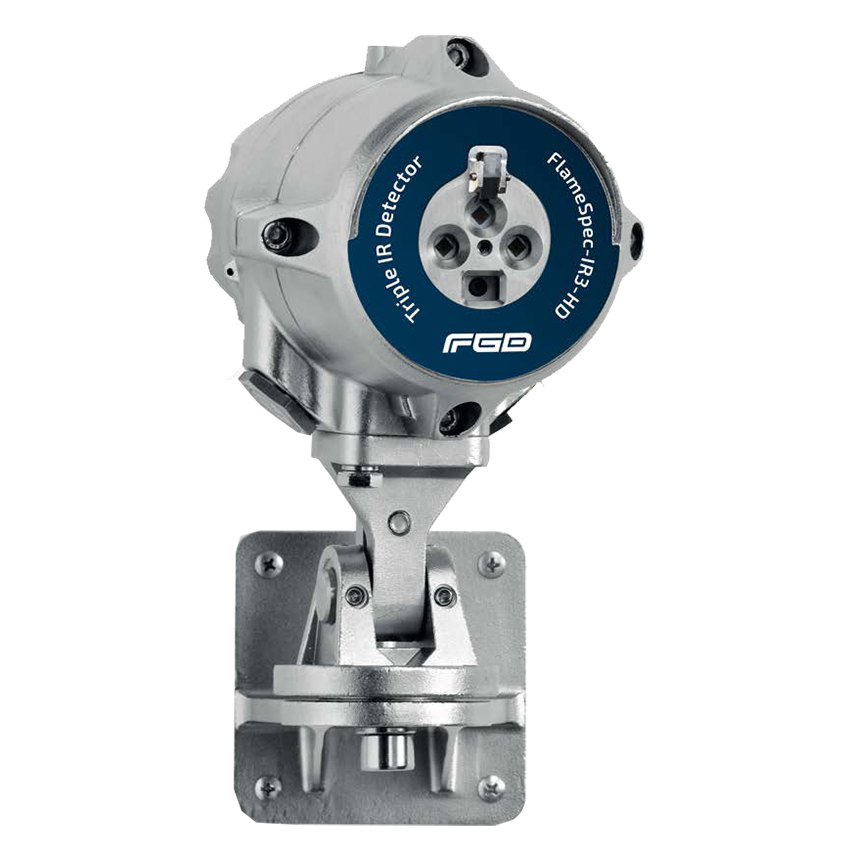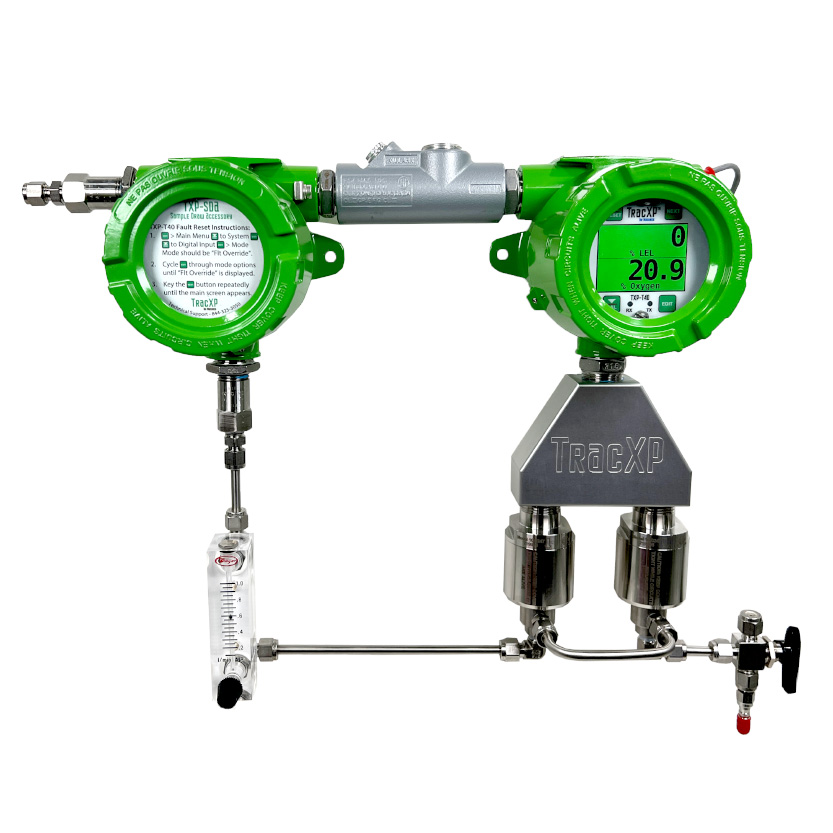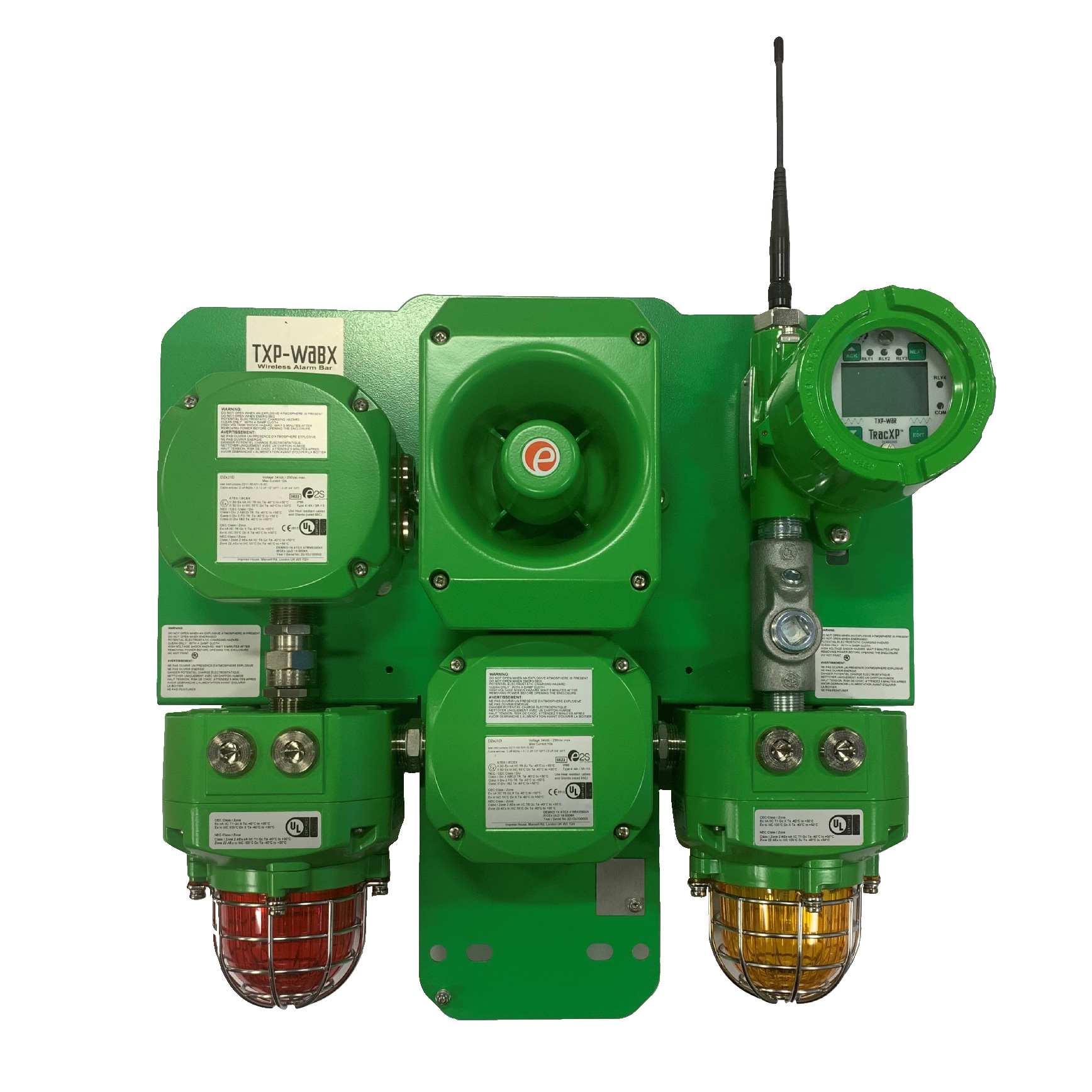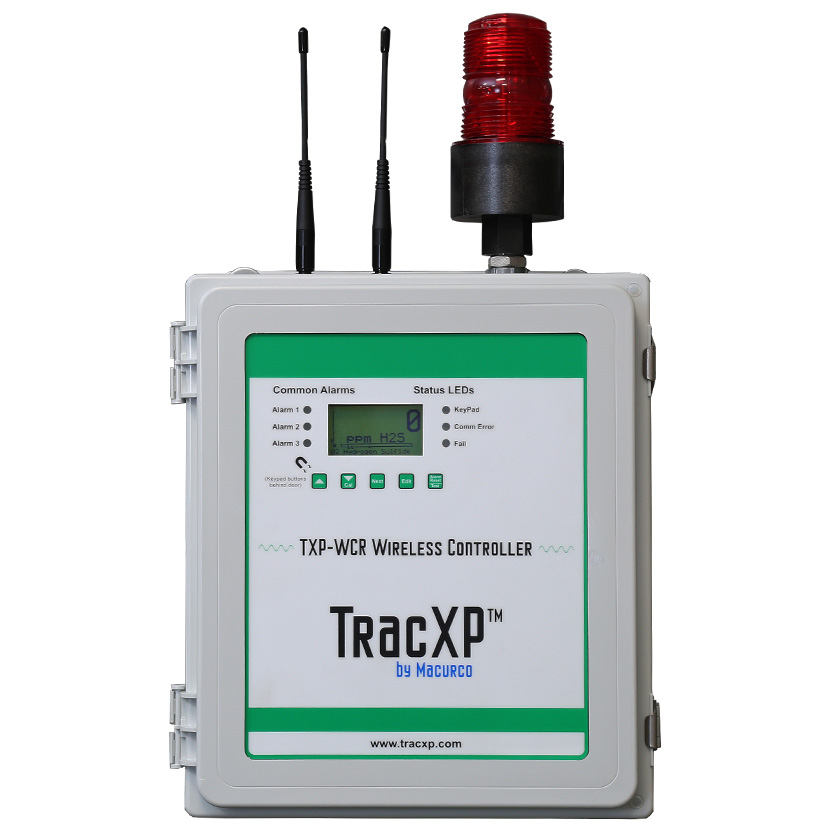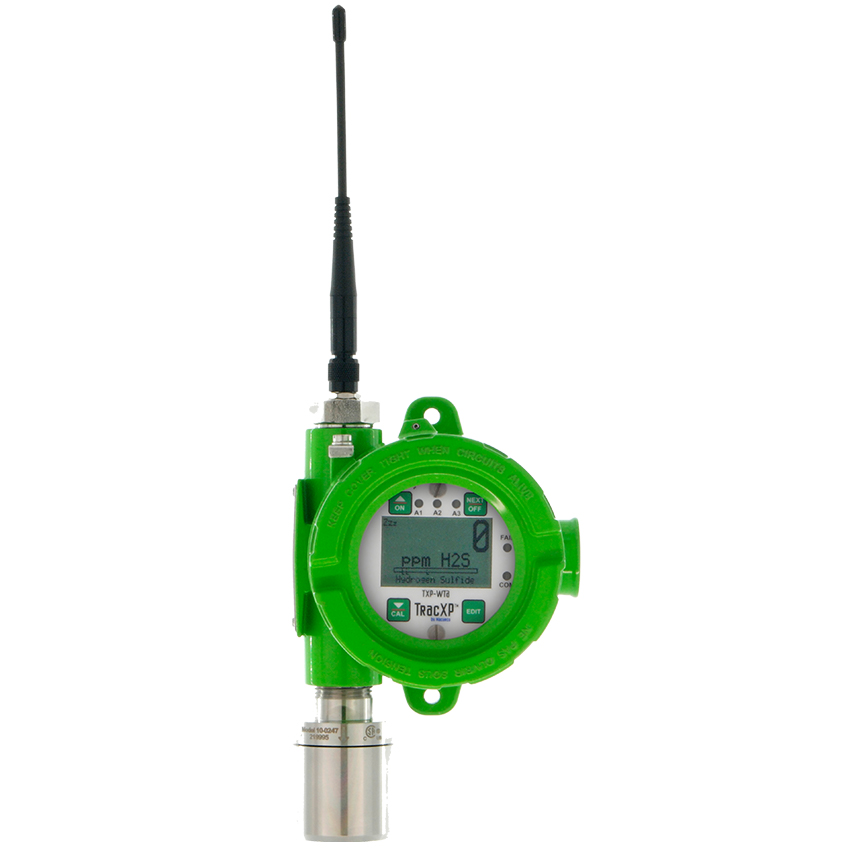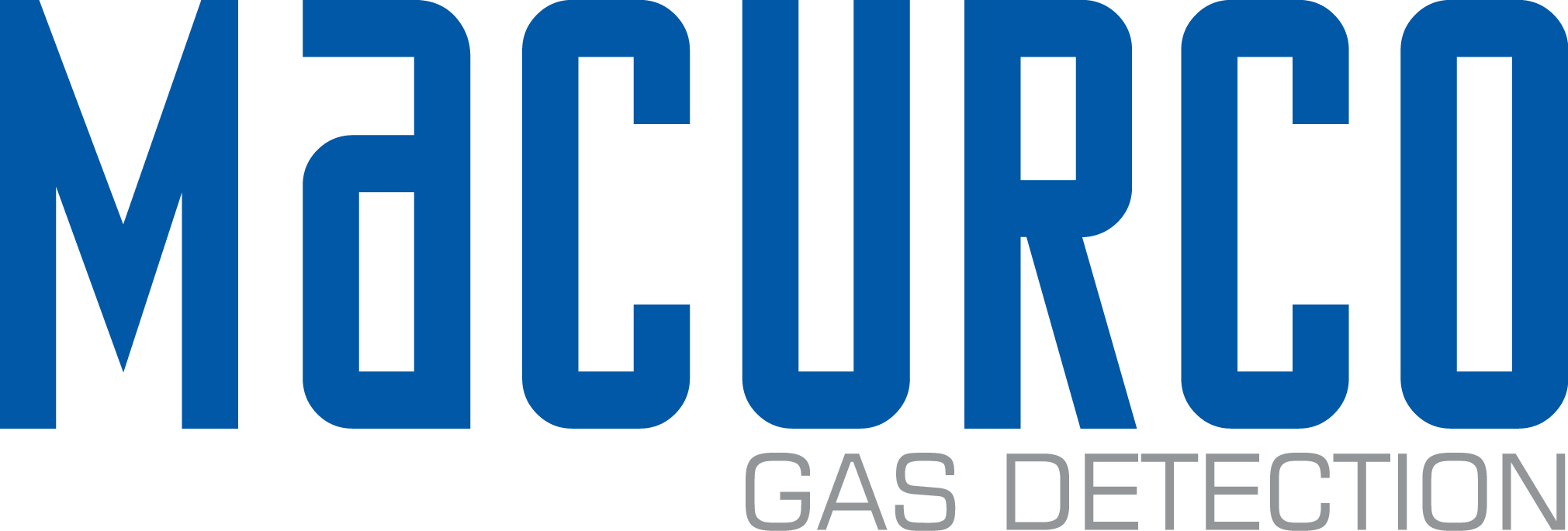Why Install A Gas Detection System?
Safety Measures
In the downstream industry, gas and flame detection plays a vital role in safeguarding the well-being of workers within refineries, petrochemical plants, storage terminals, and distribution facilities. These systems continuously monitor the air quality and promptly detect the presence of toxic, flammable, or explosive gases, such as hydrogen sulfide, methane, or volatile organic compounds. By providing early warnings, gas and flame detectors enable employees to take immediate actions, such as evacuation or donning appropriate personal protective equipment, thus minimizing the risk of exposure and potential harm.
Personnel and Property
Gas and flame detection is equally critical for protecting property and infrastructure within the downstream sector. Refineries and processing facilities involve complex equipment and high-pressure systems susceptible to leaks or malfunctions. Monitoring gas levels enables detection systems to trigger alarms and activate safety measures, such as emergency shutdown systems, fire suppression systems, or containment procedures. These proactive measures help prevent accidents, limit property damage, and maintain the integrity of critical infrastructure.
Sustainability
Furthermore, gas detection contributes to environmental protection in the downstream industry. Detecting and addressing gas leaks promptly is crucial for minimizing emissions of harmful gases into the atmosphere. By implementing robust gas detection systems, companies can identify and rectify leaks, reducing their environmental impact and ensuring compliance with stringent regulations.
Common Downstream Applications
Refineries
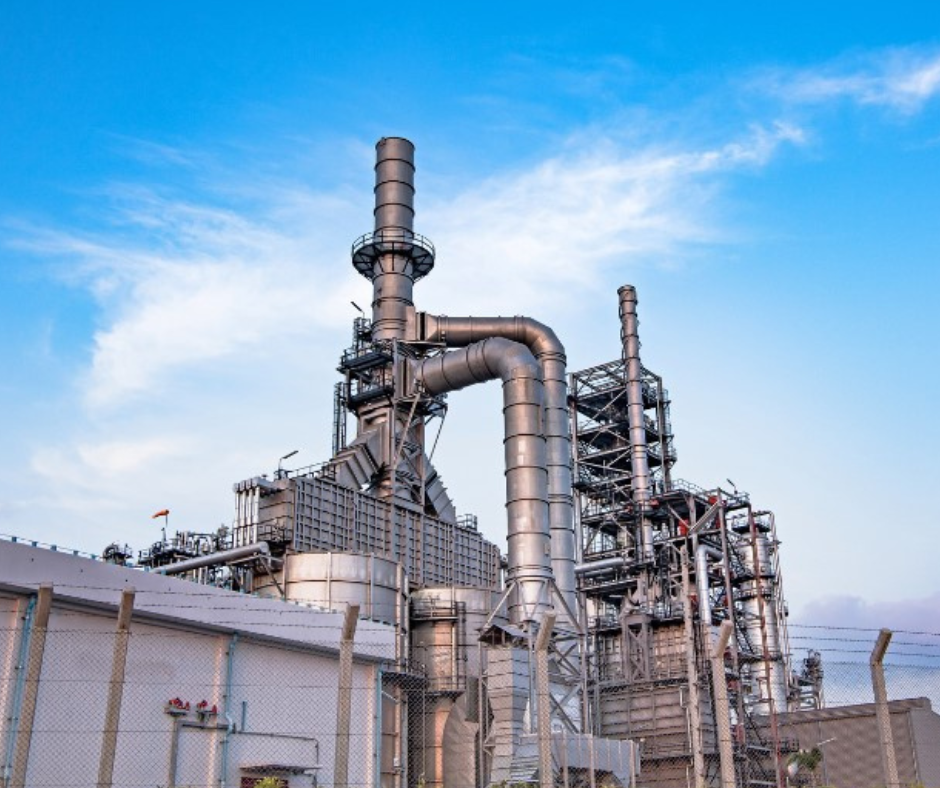
Petrochemical Manufacturing
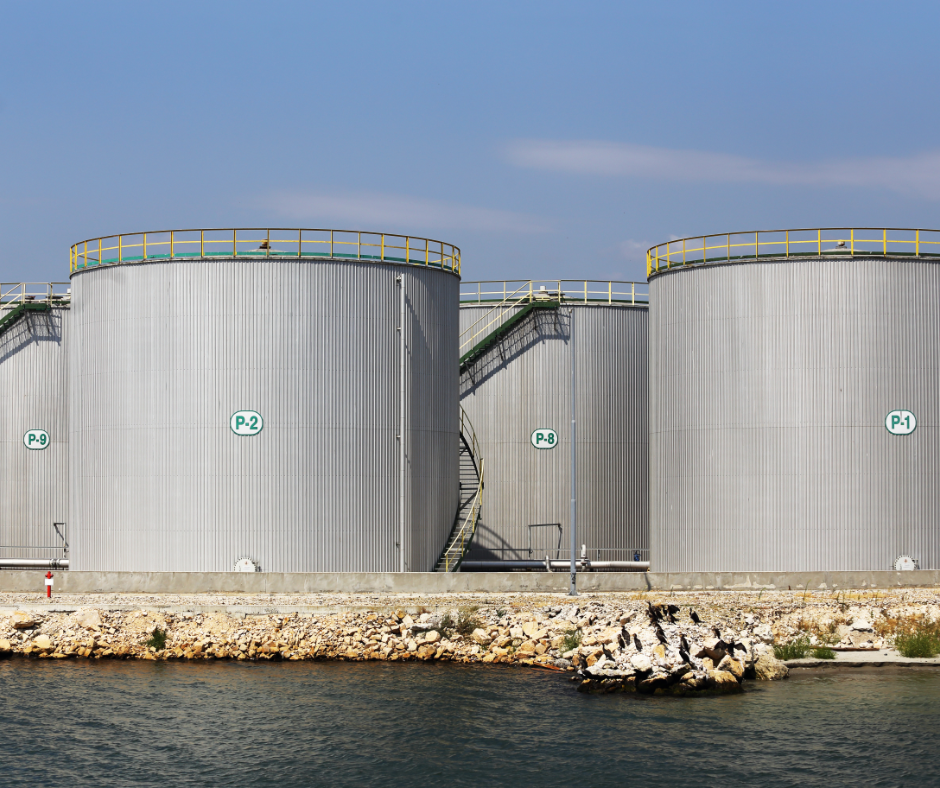
Gases Found
Safety First
Gas detection is essential for personal and property safety within the downstream oil and gas industry. These systems provide early warnings, facilitate swift response to potential gas hazards, prevent accidents, protect workers, preserve infrastructure, and help minimize the industry’s environmental footprint. By prioritizing gas detection, downstream companies can maintain a secure operating environment, uphold their commitment to safety, and ensure sustainable practices.
Differences between Upstream / Midstream / Downstream
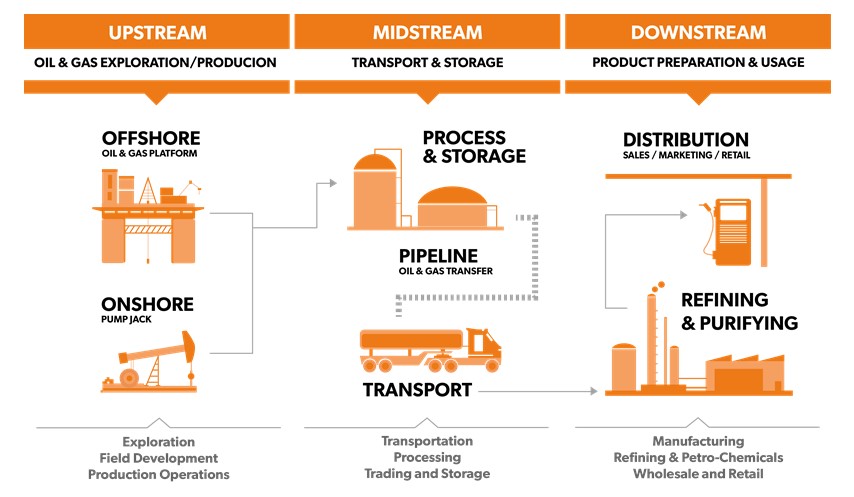
Oil & Gas: Downstream
Suggested Gas Detectors, Control Panels & Accessories

